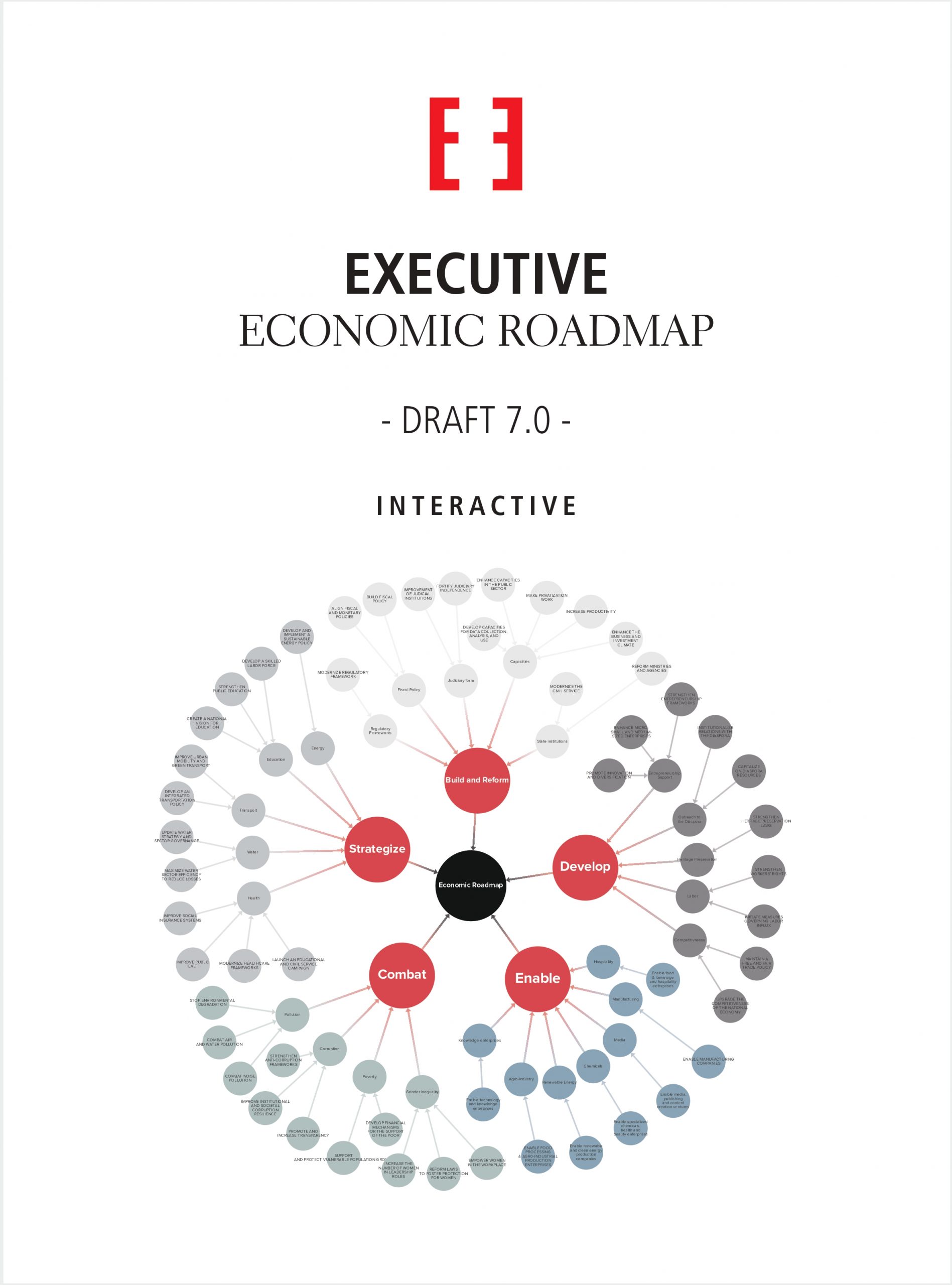There was a time when a young man was given a watch on his 21st birthday, something half decent and Swiss, and that was, basically, that. He would remove the Timex or Seiko that got him through school, put on his grown-up watch and enter the real world.
Our man would wear it on all occasions, and if it were not waterproof, he would simply take it off before swimming. It would have been around 34-36mm in diameter. His next watch might be a gift on his 50th birthday, when his wife would have bought him something out of the top drawer – a Patek Philippe Calatrava in white gold, perhaps.
That was then. Now all bets are off and watches have become very big business. They no longer just tell the time; they can also telegraph who we like to think we are. Just pick up any copy of the International Herald Tribune and you will see just how much ad space is devoted to luxury (and not-so-luxury) timepieces. Indeed, so powerful is the luxury watch advertising dollar that the global broadsheets run annual, or in some cases biannual, supplements charting the latest industry trends.
The latest figures available, in 2010, show the Swiss watch industry exported 26.1 million finished watches with a value of SF15.1 billion ($15.9 billion), a growth of 20.4 percent and 22.7 percent in exports and revenues, respectively, compared to 2009. Figures for the first half of 2011 should exceed those for the same period in 2010.
In the meantime, man has become less stuffy, and watches are one of the few accessories that allow him to express himself. When he heads to the beach, today’s chap might consult his collection and choose a watch designed not only to function at depths that would crush a human skull but also deliver just the right dose of bling needed to cavort around the pool bar.
We no longer feel silly wearing watches designed for fighter pilots, members of the Special Forces or astronauts. Indeed Jaeger LeCoultre, that most sober of Swiss watchmakers, has produced a special edition Master Compressor for both the United States Navy Seals and Chelsea football club, while Omega has been hugely successful in associating its long-serving Seamaster to the James Bond franchise. The message is clear, simple and unambiguous: even if you are an insurance claims adjuster, you can wear a sense of adventure on your wrist. And in this revolution, size suddenly matters.
What was considered more than acceptable 20 years ago would now be considered weedy. Panerai, the Italian, Swiss-made brand, led the way in the oversized watch segment in the late 1990s. Rolex, who for so long set a 40mm limit on its classic sports watches, have bowed to popular demand with the classic Explorer and Explorer II, which were stubbornly set at 36mm and 40mm, respectively, for decades. In the last two years they have morphed to 39mm and 42mm. Omega’s Planet Ocean measures in at 45.5mm, while Graham has an SAS watch abandoning all sobriety, which, if you include the lever, has a staggering 60mm diameter.
Even Jaeger LeCoultre’s Reverso, arguably one of the most famous watches in the world and one designed to be understated, comes in a ‘jumbo’ version, the Grande Reverso 976 (I am reliably assured by salesmen in Beirut that the classic man’s model is now being sold as a ladies’ watch, as is the 34mm Rolex Air King).
Tastes, however, are changing. Like the oak revolution in wine, the size novelty is waning and discerning consumers are eyeing watches that speak more to them than the public. In these uncertain economic times, a bit of taste can do no harm.


